Are you tired of those excruciating foot pains that ruin your day? Perhaps you’ve been searching for effective solutions to help relieve plantar fasciitis symptoms. If you’ve explored various treatment options, you might have come across the term “zero drop shoes.” These shoes promise to provide comfort and support while helping to alleviate foot pain, particularly for those suffering from plantar fasciitis. This comprehensive guide will delve into zero drop shoes, their benefits, real-world experiences, and how they can lead to a more comfortable life.
What Are Zero Drop Shoes?
Zero drop shoes feature a design that keeps the heel and forefoot at the same level, which means there is no elevation in the heel. This minimalist approach promotes a more natural running or walking gait, encouraging the user to land midfoot rather than on the heel. The concept of zero drop footwear stems from the idea that modern footwear often alters our natural biomechanics, leading to a range of foot problems, including plantar fasciitis.
How Zero Drop Shoes Work
Zero drop shoes are designed to align the body properly. By ensuring that the feet are flat on the ground, these shoes encourage better posture and a more balanced weight distribution. This alignment can be particularly beneficial for individuals with plantar fasciitis, as it helps reduce undue stress on the plantar fascia—a band of tissue that runs along the bottom of your foot.
Key Features of Zero Drop Shoes
- Flat Design: No elevation in the heel promotes a natural foot position.
- Lightweight Materials: Often made from breathable materials, these shoes can reduce fatigue.
- Flexible Soles: Allow for natural foot movement and adaptability to different terrains.
- Minimalist Cushioning: Offers some protection while allowing the foot to engage more with the ground.
Understanding Plantar Fasciitis
Plantar fasciitis is a common foot condition characterized by inflammation of the plantar fascia. The pain typically manifests as a sharp shooting pain at the heel and bottom of the foot, especially during the first steps in the morning or after prolonged sitting. This condition can result from overuse, high-impact activities, improper footwear, or excessive body weight.
Causes of Plantar Fasciitis
Several factors contribute to the development of plantar fasciitis, including:
- Overuse: Activities like running or standing for long periods can lead to strain on the plantar fascia.
- Foot Structure: Flat feet or high arches can place additional stress on this tissue.
- Age: As we age, the plantar fascia loses elasticity, making it more prone to inflammation.
- Improper Footwear: Shoes lacking adequate support can exacerbate foot pain.
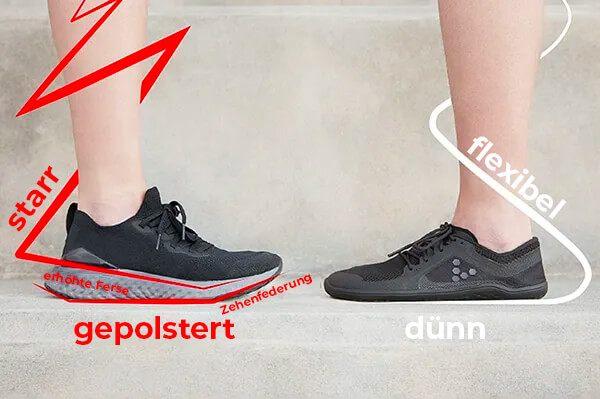
How Zero Drop Shoes Can Help with Plantar Fasciitis
Zero drop shoes can be particularly helpful for those suffering from plantar fasciitis as they align the foot and enhance natural biomechanics. Here are some reasons why they might be a suitable choice:
Improved Posture and Alignment
Wearing zero drop shoes encourages proper posture by keeping the foot flat, which can alleviate stress on the plantar fascia. When the heel is elevated, it can lead to improper alignment of the body, causing additional tension in the feet and legs. By promoting neutral alignment, zero drop shoes can help minimize discomfort for those suffering from plantar fasciitis.
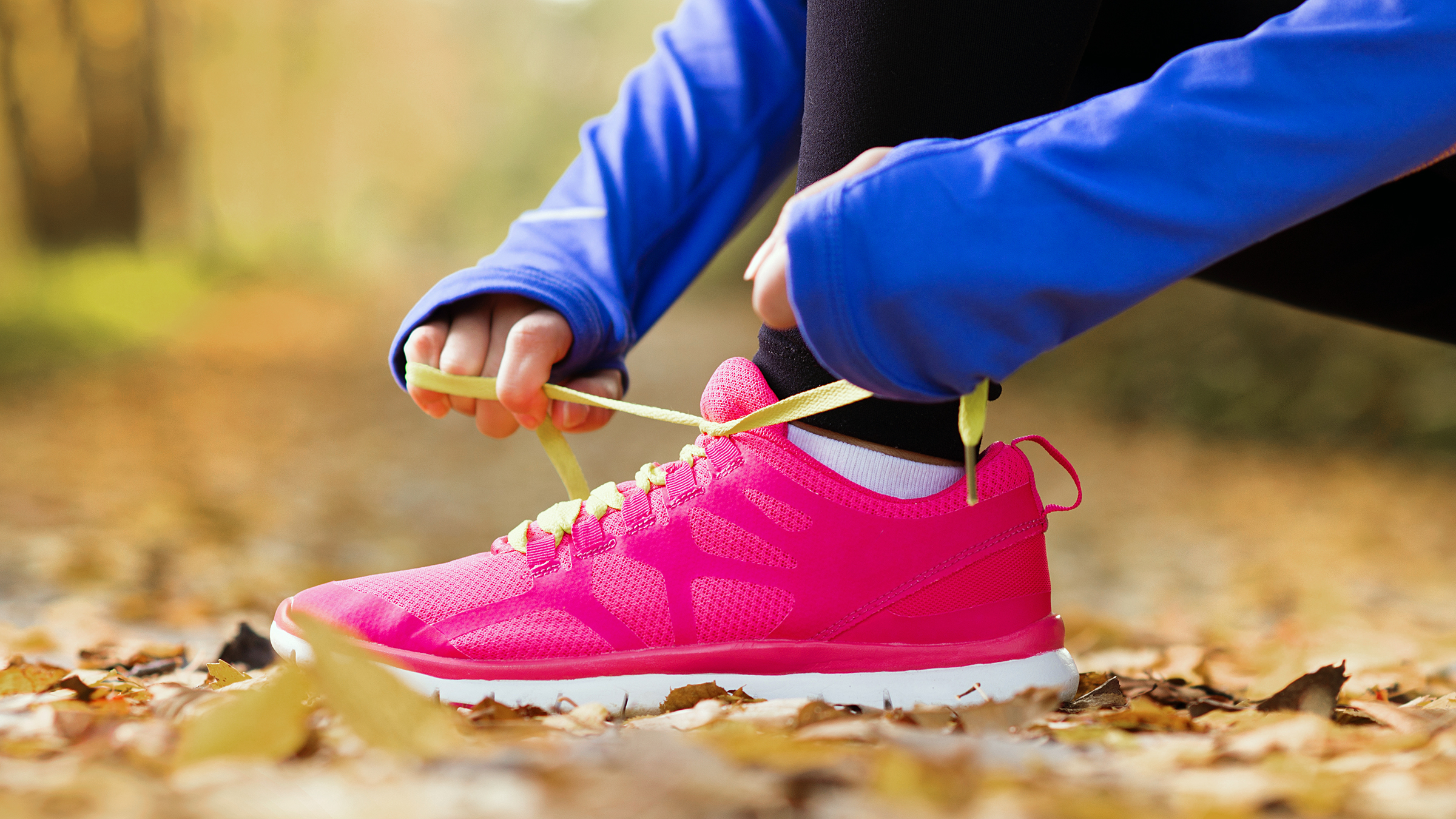
Enhanced Foot Strength
Transitioning to zero drop shoes allows your feet to work harder, leading to improved strength over time. Stronger foot muscles can help provide better support, further alleviating symptoms of plantar fasciitis. However, it’s essential to transition gradually to avoid overloading the feet initially.
Real-World Experiences with Zero Drop Shoes
Many users report positive outcomes when switching to zero drop shoes. For instance, customer reviews on platforms like Amazon and specialty shoe retailers highlight experiences of decreased pain and increased mobility. Here are a couple of case studies:
Case Study 1: Emily, a 35-year-old avid runner, experienced plantar fasciitis after training for a marathon. After transitioning to zero drop shoes, she noticed a significant reduction in pain within weeks and could gradually increase her mileage again.
Case Study 2: Mark, a teacher who spends long hours on his feet, tried zero drop shoes after recommendations from coworkers. He reported that after wearing them for a month, the stabbing heel pain he used to feel at the end of the day diminished greatly.

Comparison of Popular Zero Drop Shoe Brands
When it comes to zero drop shoes, various brands offer unique features and benefits. Here’s a comparison table of some popular options:
| Brand | Model | Weight | Cushioning | Price |
|---|---|---|---|---|
| Altra | Altra Escalante 2.5 | 8.8 oz | Moderate | $140 |
| Vibram | Vibram FiveFingers V-Run | 6.7 oz | Minimal | $100 |
| Topo Athletic | Topo Terra Venture 2 | 10.5 oz | Moderate | $160 |
| Merrell | Merrell Vapor Glove 4 | 7.2 oz | Minimal | $100 |
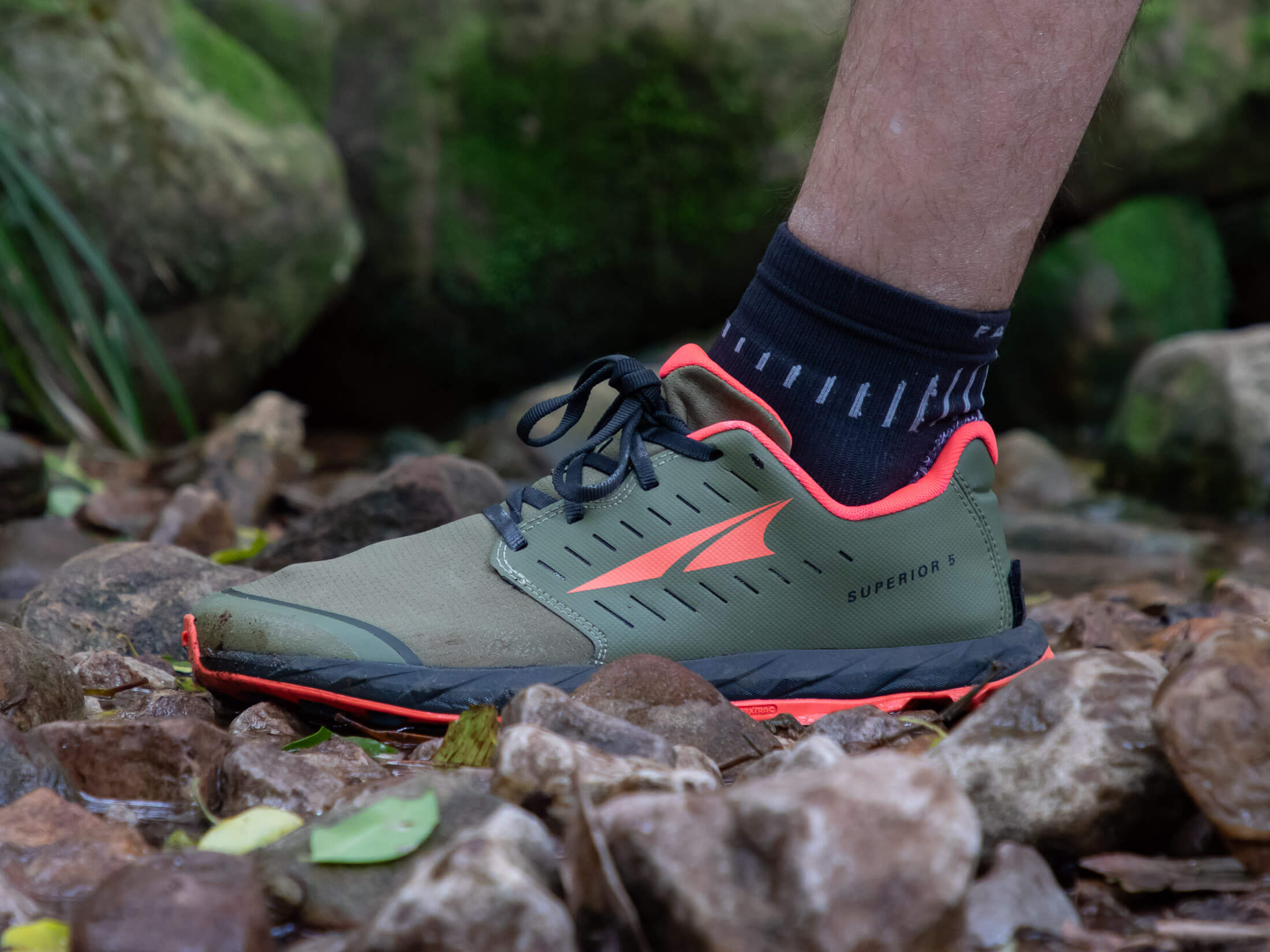
Tips for Choosing Zero Drop Shoes
Choosing the right pair of zero drop shoes is essential for maximizing comfort and reducing the risk of aggravating plantar fasciitis. Here are some tips to guide your selection:
1. Assess Your Foot Type
Understanding your foot structure—whether you have flat feet, high arches, or neutral arches—can guide you toward the best footwear for your needs. Some brands cater specifically to various foot shapes.
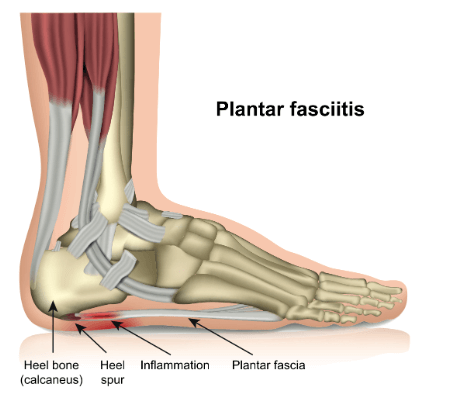
2. Look for Comfort and Fit
Ensure the shoes fit well, with enough room in the toe box and a snug, yet comfortable, fit around the heel. Consider trying shoes on towards the end of the day when your feet are slightly swollen to ensure a good fit.
3. Transition Gradually
When switching to zero drop shoes, it’s crucial to ease into them! Start by wearing them for short periods, gradually increasing usage over weeks to allow your feet to adjust.
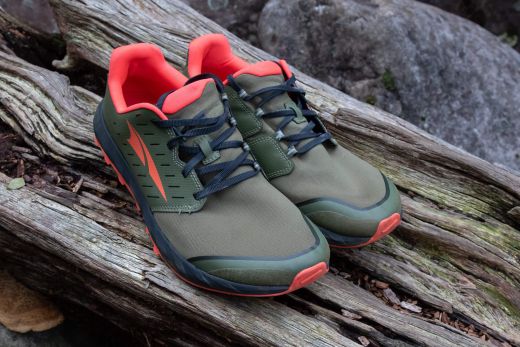
4. Consult with a Professional
If you’re experiencing severe pain or discomfort, it’s wise to consult with a healthcare professional before making any shoe changes. They can provide tailored advice based on your specific condition.
Pros and Cons of Zero Drop Shoes
As with any footwear, zero drop shoes have their advantages and disadvantages. Understanding these can help you decide if they’re the right fit for you.
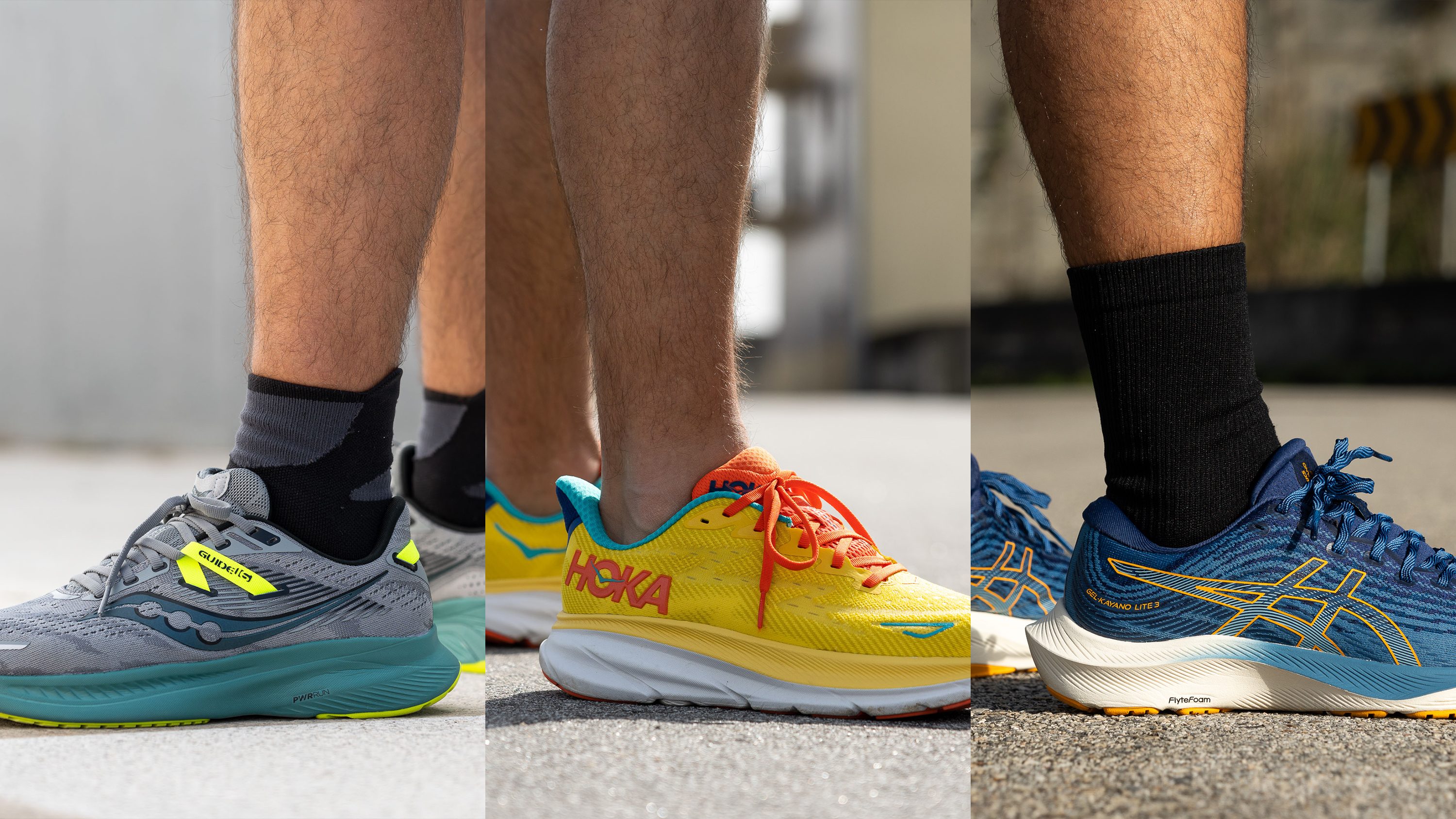
Pros
- Improved Foot Health: Enhances natural biomechanics, potentially reducing pain.
- Increased Strength: Encourages foot muscle engagement.
- Versatile Styles: Available in various designs suitable for running, walking, and casual wear.
- Lightweight: Generally made with lightweight materials, reducing fatigue.
Cons
- Adjustment Period: It may take time for your feet to adapt to zero drop shoes.
- Lack of Cushioning: Some models provide minimal cushioning, which may not suit everyone.
- Not Suitable for All Activities: May not provide adequate support for high-impact sports.
Frequently Asked Questions about Zero Drop Shoes and Plantar Fasciitis
1. What are the main benefits of zero drop shoes?
Zero drop shoes promote better alignment, strengthen foot muscles, and may relieve pain associated with conditions like plantar fasciitis.
2. How do I know if zero drop shoes are right for me?
If you experience foot pain, have a neutral or flat foot structure, or are looking to improve your running form, zero drop shoes may be beneficial. Consulting with a healthcare professional can provide personalized insights.
3. Can I use zero drop shoes for running?
Yes, many zero drop shoes are designed specifically for running. Ensure you choose a model that offers adequate support and cushioning based on your running style and terrain.
4. Will zero drop shoes make my plantar fasciitis worse?
Initially, there may be an adjustment period. Transitioning slowly can help your feet adapt without exacerbating symptoms.
5. How long should I transition to zero drop shoes?
A general guideline is to start with short periods of wear (20-30 minutes) and gradually increase as your foot strength improves—typically over a few weeks to months.
6. Are there specific exercises to strengthen my feet for zero drop shoes?
Incorporating exercises like toe curls, calf raises, and foot stretches can help strengthen the muscles in your feet and improve overall stability.
7. What should I look for in a zero drop shoe?
Look for comfort, fit, adequate cushioning, and supportive features based on your activities and foot type.
8. Do zero drop shoes come in different styles?
Absolutely! You can find zero drop shoes in various styles, including running shoes, casual sneakers, hiking shoes, and even dress shoes.
9. Are zero drop shoes suitable for children?
While some children may benefit from zero drop shoes, it’s essential to consider their foot development and activity level. Consult with a pediatrician or podiatrist for tailored advice.
10. Can zero drop shoes be worn all day?
Yes, but it’s best to start slowly and observe how your feet respond. If any pain arises, give your feet a break and gradually increase wear time.
Conclusion
Zero drop shoes can be a transformative option for those struggling with plantar fasciitis. By promoting a natural foot position and enhancing biomechanics, they can help alleviate pain and improve overall foot health. However, it’s essential to listen to your body and transition wisely to avoid discomfort. Remember to consider your foot type, activity level, and personalize your choice for maximum benefits.
Your feet deserve comfort and care, so take the next step towards better foot health with zero drop shoes!